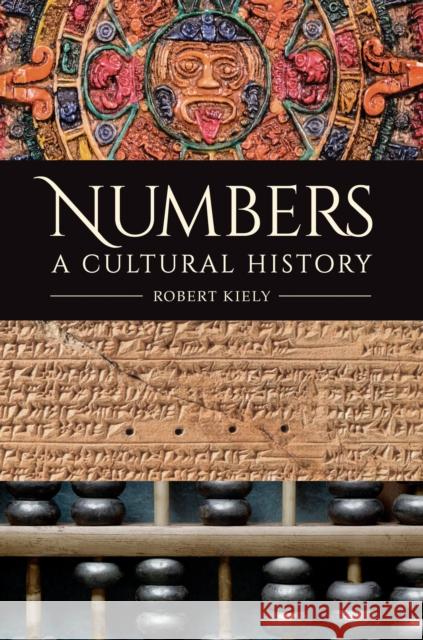Numbers: A Cultural History » książka
Numbers: A Cultural History
ISBN-13: 9781440869334 / Angielski / Twarda / 2022 / 395 str.
Numbers: A Cultural History
ISBN-13: 9781440869334 / Angielski / Twarda / 2022 / 395 str.
(netto: 311,04 VAT: 5%)
Najniższa cena z 30 dni: 325,25
ok. 30 dni roboczych
Dostawa w 2026 r.
Darmowa dostawa!
Numbers, A Cultural History provides high school and introductory-level college students with a compelling interdisciplinary view of the development of mathematics and its relationship to world cultures over 4,500 years of human history. Mathematics is often referred to as a "universal language," and that is a fitting description. Many cultures have contributed to mathematics in fascinating ways, but despite its "universal" character, mathematics is also a human endeavor. It has played pivotal roles in societies at particular times; and it has influenced, and been influenced by, a wide range of ideas and institutions, from commerce to philosophy. Egyptian views of mathematics, for example, are tied closely to engineering and agriculture. Some European Renaissance views, on the other hand, relate the study of number to that of the natural world. Numbers, A Cultural History seeks to place the history of mathematics into a broad cultural context. While it treats mathematical material in detail, it also relates that material to other subject matter: science, philosophy, navigation, commerce, religion, art, and architecture. It examines how mathematical thinking grows in specific cultural settings and how it has shaped those settings in turn. It also explores the movement of ideas between cultures and the evolution of modern mathematics and the quantitative, data-driven world in which we live. Presents mathematics as a human endeavor, a product of human inquiry and human society Provides readers with a cumulative history of mathematics that draws on global cultures over time Places mathematics in multiple cultural contexts and demonstrates its relationship with other areas of thought Demonstrates the link between mathematical knowledge and such practical endeavors as timekeeping, navigation, and commerce Illustrates the movement of ideas between cultures and the complexity of intellectual history Explores the complex relationship between mathematics and technology over time and cultural space











